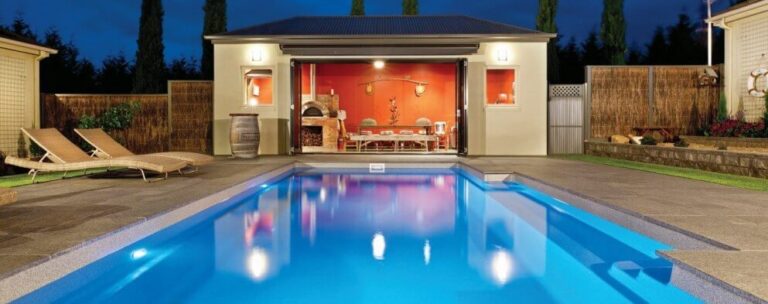Components in a UV Disinfection Light
UV disinfecting light effectively kills most pathogens and germs and offers incredible versatility. These lamps can disinfect spaces and surfaces autonomously and suit schools, workplaces, government offices, homes, and more. UV disinfecting setups share essential components: the reactor chamber, lamps, coating, and control panel. Each unit also bears unique features depending on the application (disinfecting water, rooms, and surfaces).
Two Types of UV Disinfecting Light
There are two main types of UV disinfection light: pulsed xenon and lower pressure mercury lamps. Both use UV light to kill microbes but have different setups.
Pulsed xenon lights work by passing electricity through ionized xenon gas and using flashes lasting microseconds to milliseconds. The flashes are about six seconds apart and damage microbe cell walls through thermal disintegration and germicidal UV-C light.
Lower pressure mercury lamps resemble conventional fluorescent lamps but use fused quartz instead of phosphor. These lamps pass light from the mercury arc through the covering glass, unmodified, resulting in germicidal UV wavelengths.
Despite the dissimilarities, all UV disinfecting lamps share various components and features. Here’s an overview of the parts of a basic UV light setup for space, surface, and water disinfection:
1. UV Chamber
The UV chamber is also known as the reactor and is a component of UV disinfecting lamps used for water treatment. It’s an enclosed system harboring the UV lamps and other parts in the setup. Lights designed for disinfecting unoccupied spaces and surfaces don’t feature a reactor but have sleeve enclosures to protect the lamps.
2. UV Lamps
Ultraviolet light-producing lamps are the fundamental components of a UV disinfection setup. The lamps produce the germicidal ultraviolet wavelength and come fitted with filaments and enclosed tubes. Pulsed xenon lamps pass electricity through xenon gas to make xenon arcs and UV-C light. Lower pressure mercury lamps use mercury arcs and fused quartz. The common types of ultraviolet lamps include:
• Standard UV lamps
• High output UV lamps
• Amalgam UV lamps
Standard UV lamps are low-pressure lights ideal for domestic/residential disinfection. High output lamps are low-pressure lights but use a high flow rate to produce more intensity. The lamps suit high or moderate capacity disinfection. Amalgam UV lamps use vaporized mercury to boost UV light intensity. These setups suit commercial and industrial applications.
3. UV Lamp Glass
Ultraviolet lamps use different types of glass enclosures. Smooth glass is cheaper and boosts UV-C transmission but can fade over time. A faded glass enclosure reduces UV transmission efficiency and needs a replacement. Quartz glass is the preferred choice for commercial and industrial uses. It’s also perfect for homes and offices and is less likely to break or fade.
4. Quartz Sleeve
The quartz sleeve is another component popular in water disinfecting units. It is a long, cylindrical tube made of durable quartz to protect the UV lamp from water damage. The ultraviolet and violet-blue light is transmitted through the sleeve. Pulsed xenon UV disinfecting lamps for surfaces/spaces also feature quartz sleeves to keep the lamp safe from external elements.
Also Read : 4 Things To Know About CIPP Lining Cost And Pipe Requirements
5. Control Unit
The ballast, control unit, or electrical cabinet is an essential component of UV setups. It powers the lamps to produce UV light and controls the electricity passing through the system to optimize disinfection. UV light intensity varies based on the electrical supply from the control unit. These units can be small or large and come with unique features. Some have lamp change timers and alarms for system malfunction or low UV strength.
Full-Time Pulse Xenon UV Disinfection
UV disinfecting setups are versatile and adapt to residential, office, retail, and industrial settings. Feature specifics are bound to vary from unit to unit.
When looking at options, consider UV disinfecting light setups that produce powerful UV-C and violet-blue light that are capable of killing up to 99.9% of pathogens like E. coli, Salmonella, MRSA, C. diff., Norovirus, C. Auris, and coronavirus.


